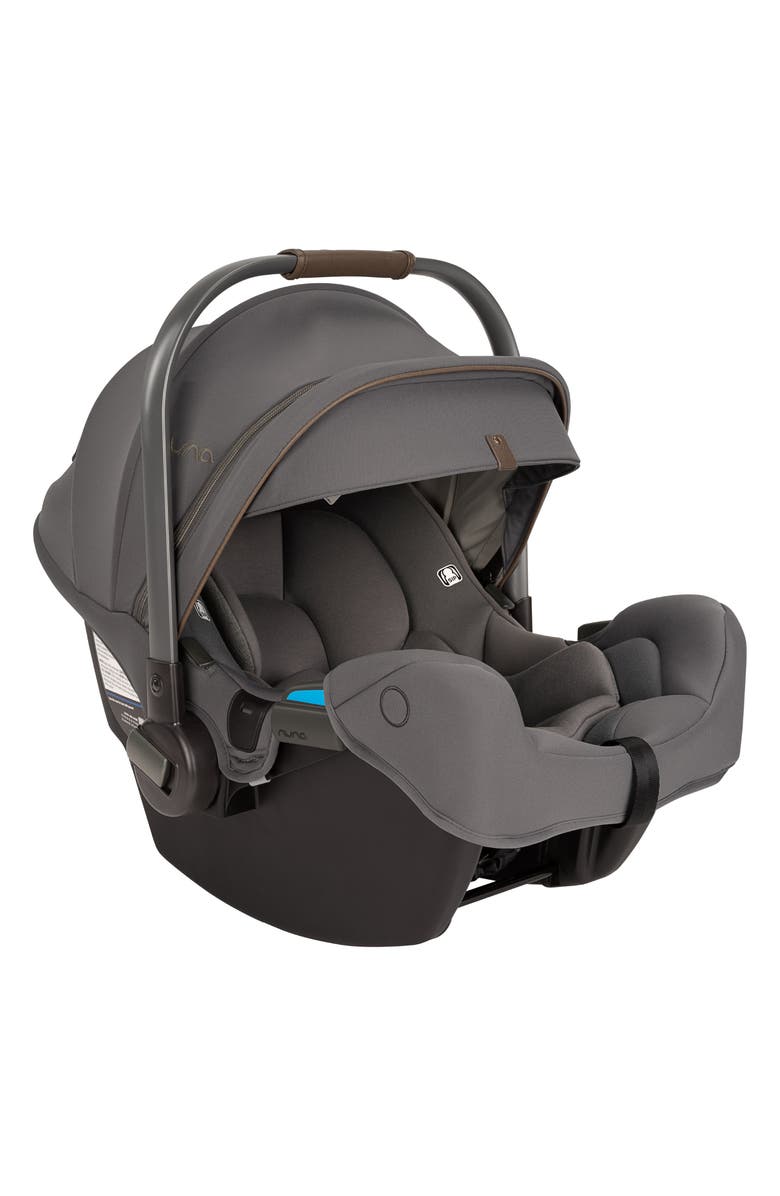VTech Magic Star Learning Table, English and Spanish Learning Toy
Six fun activities in English and Spanish encourage your child to explore and learn. Turn the steering wheel to drive the bear around the activity table, flip the book page to hear nursery rhymes and turn the gears to strengthen fine motor skills.
The Magic Star Learning Table by VTech features six fun activities in English and Spanish that encourage your child to explore and learn. Turn the steering wheel to drive the bear around the activity table, flip the book page to hear nursery rhymes and turn the gears to strengthen fine motor skills. Press the light-up music buttons to play music and learn about colors. Then, pick up the pretend phone and press the number buttons to call animal friends. Remove the legs, and the table can also be used as a floor play toy.
- Six fun activities in English and Spanish encourage your child to explore and learn
- Turn the steering wheel to drive the bear around the activity table, flip the book page to hear nursery rhymes and turn the gears to strengthen fine motor skills
- Press the light-up music buttons to play music and learn about colors
- Pick up the pretend phone and press the number buttons to call animal friends
- Remove the legs, and the table can also be used as a floor play toy
Additional information
| Manufacturer Part Number | 80-181500 |
|---|---|
| Assembled Product Weight | 4.12 lbs |
| Assembled Product Dimensions (L x W x H) | 19.76 x 14.92 x 16.81 Inches |






by Veronica
Love it. Perfect for helping my LO pull up to stand and interact and play. 100% satisfied. Buying one for a friend’s baby.
by Heather
Great toy for the little ones. My child loves to stand and play wi the everything on the toy. It’s pretty sturdy. I love that it has the bilingual option for easy learning in both french and English. My only suggestion would be to put little grip pads at the bottom of the legs so the table doesn’t slide when kids try to use it to stand. Other than that, my little one enjoys every bit of it.
by Lucero
wish baby used it more but don’t.
by Steven
1 year old keeps going back to play with this toy its a hit at birthday party.
by Paula
My twins love playing with this toy. We started it out as a floor toy without the legs, and have progressed to the table. It helps them balance while standing now. I would have given it five stars but I feel this toy could be larger with more things to do.
by Likas
This toy is so cute and my baby loves it. He is 10 months and pulling himself on this table and also started pushing it, using like a walker. So funny! Highly recommended!